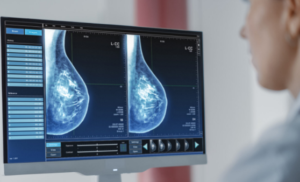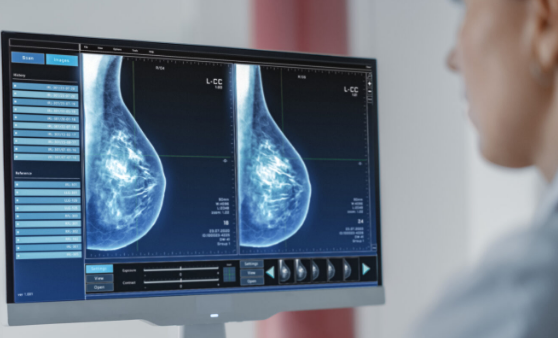How Quantum X-ray is Enhancing the Accuracy of Cancer Diagnoses
Introduction
Cancer diagnosis relies heavily on imaging technologies, with X-rays playing a crucial role in detecting tumors and abnormalities. Quantum X-ray technology is transforming cancer diagnostics by improving image resolution, reducing radiation exposure, and enabling early and precise tumor detection. By leveraging quantum mechanics, this advanced approach enhances diagnostic accuracy, leading to better patient outcomes.
The Role of Quantum X-ray in Cancer Diagnosis
Quantum X-ray technology incorporates several innovative principles that enhance imaging quality and diagnostic precision:
- Quantum Entanglement for High-Resolution Imaging
- Entangled photons provide sharper images, revealing minute cancerous changes that conventional X-rays may miss.
- Enhances contrast in soft tissue imaging, improving tumor detection in dense areas like the breast and lungs.
- Phase-Contrast X-ray Imaging for Early Detection
- Unlike traditional absorption-based X-rays, phase-contrast imaging captures subtle differences in tissue density.
- Enables the identification of early-stage tumors before they become visible in standard X-ray scans.
- Quantum Squeezing for Noise Reduction and Lower Radiation Exposure
- Reduces image noise, allowing for clearer, more accurate readings with lower radiation doses.
- Enhances safety for patients requiring frequent imaging, such as those undergoing cancer screenings and monitoring.
- Quantum-Enhanced Detectors for Precise Analysis
- Advanced detectors increase sensitivity to low-intensity X-ray signals, improving the detection of small or hidden tumors.
- Reduces false positives and negatives, leading to more reliable diagnostic results.
Applications in Cancer Diagnosis and Treatment Planning
Quantum X-ray technology has several significant applications in oncology:
- Early Cancer Detection
- Enhances mammography and lung cancer screening by providing superior image clarity.
- Aids in detecting microcalcifications, which can be early indicators of breast cancer.
- Accurate Tumor Staging and Monitoring
- Provides detailed imaging to determine tumor size, spread, and response to treatment.
- Assists oncologists in planning targeted therapies with greater precision.
- Minimizing Unnecessary Biopsies
- Reduces reliance on invasive procedures by improving imaging accuracy.
- Helps differentiate between benign and malignant growths with greater confidence.
Future Implications
As research in quantum X-ray technology progresses, its integration with artificial intelligence and machine learning will further refine cancer diagnostics. These advancements will enable real-time analysis and automated detection, leading to even faster and more precise cancer diagnoses.
Conclusion
Quantum X-ray technology is revolutionizing cancer diagnostics by providing clearer, more detailed images while reducing radiation risks. This innovation enhances early detection, accurate staging, and effective treatment planning, ultimately improving patient care and survival rates. As the technology continues to evolve, it will play an increasingly vital role in the fight against cancer.

Also Read :
